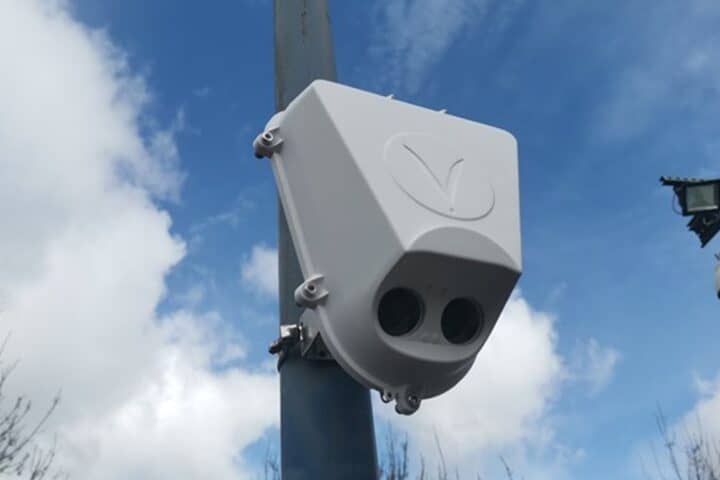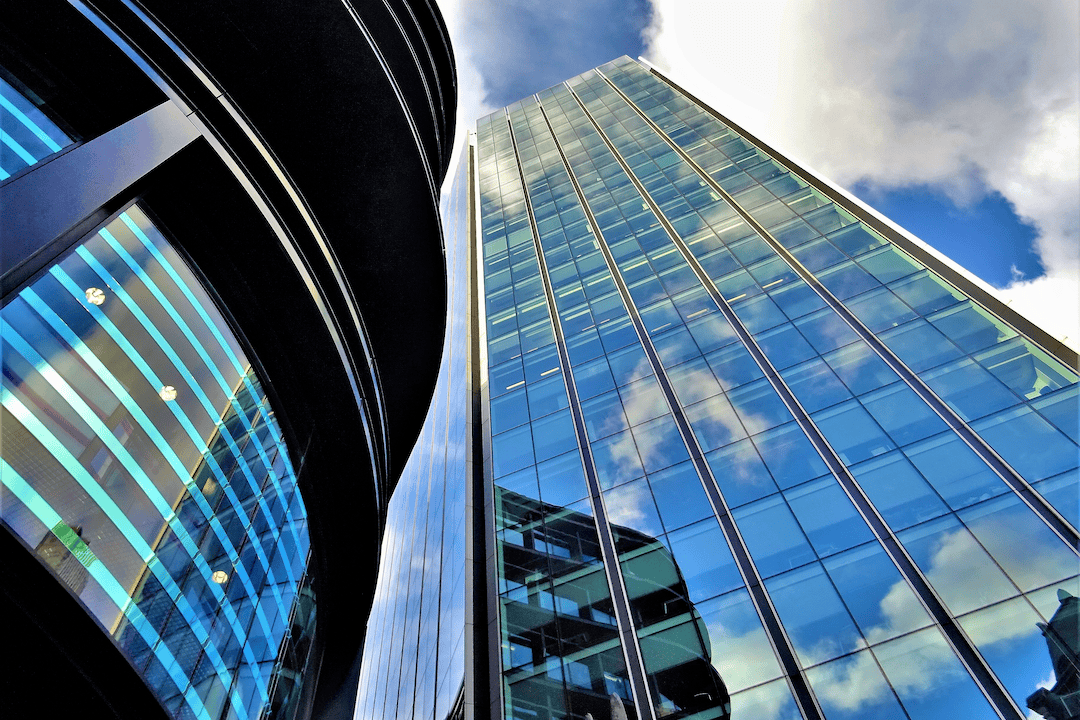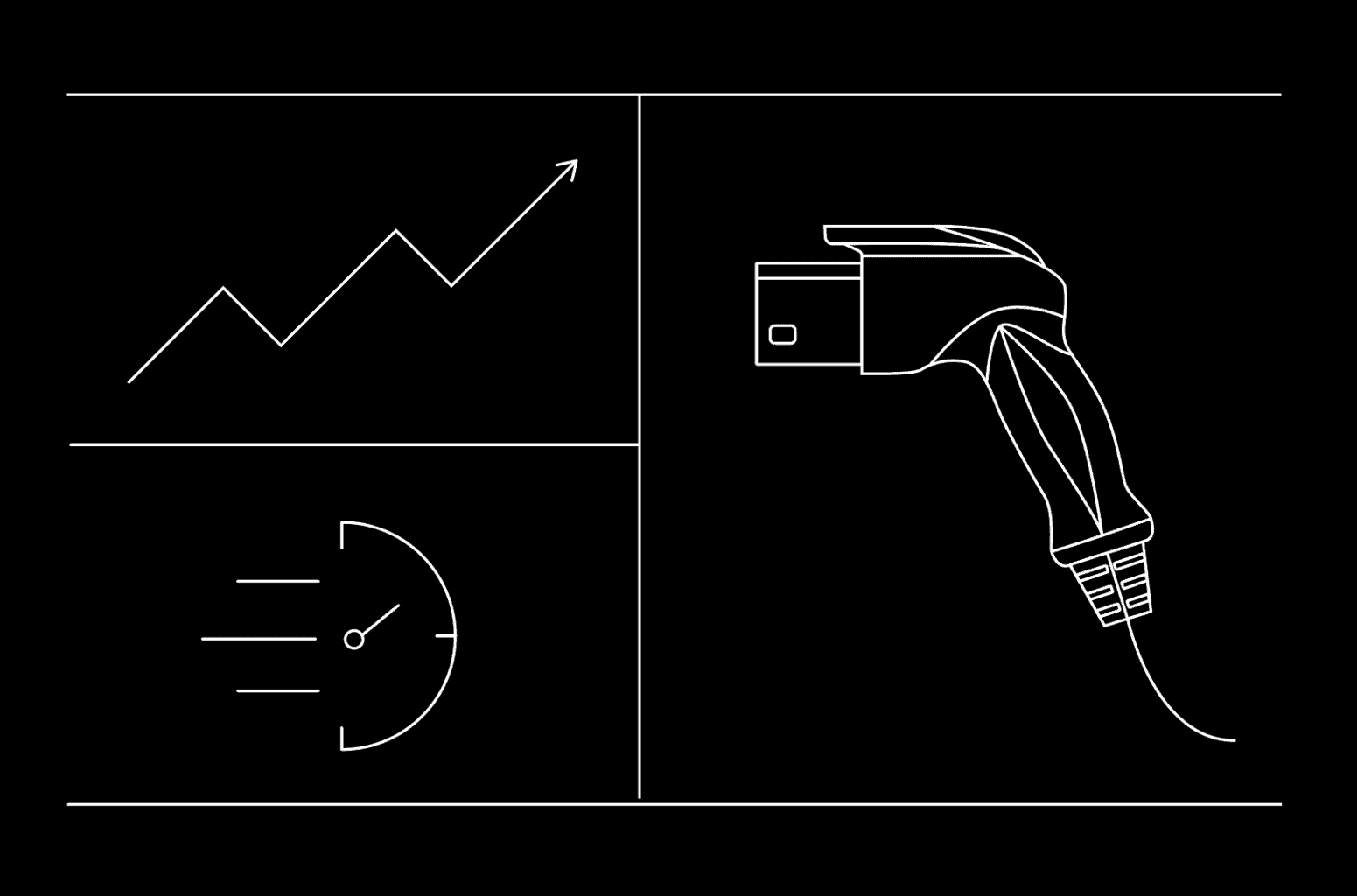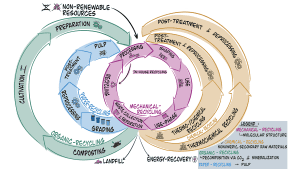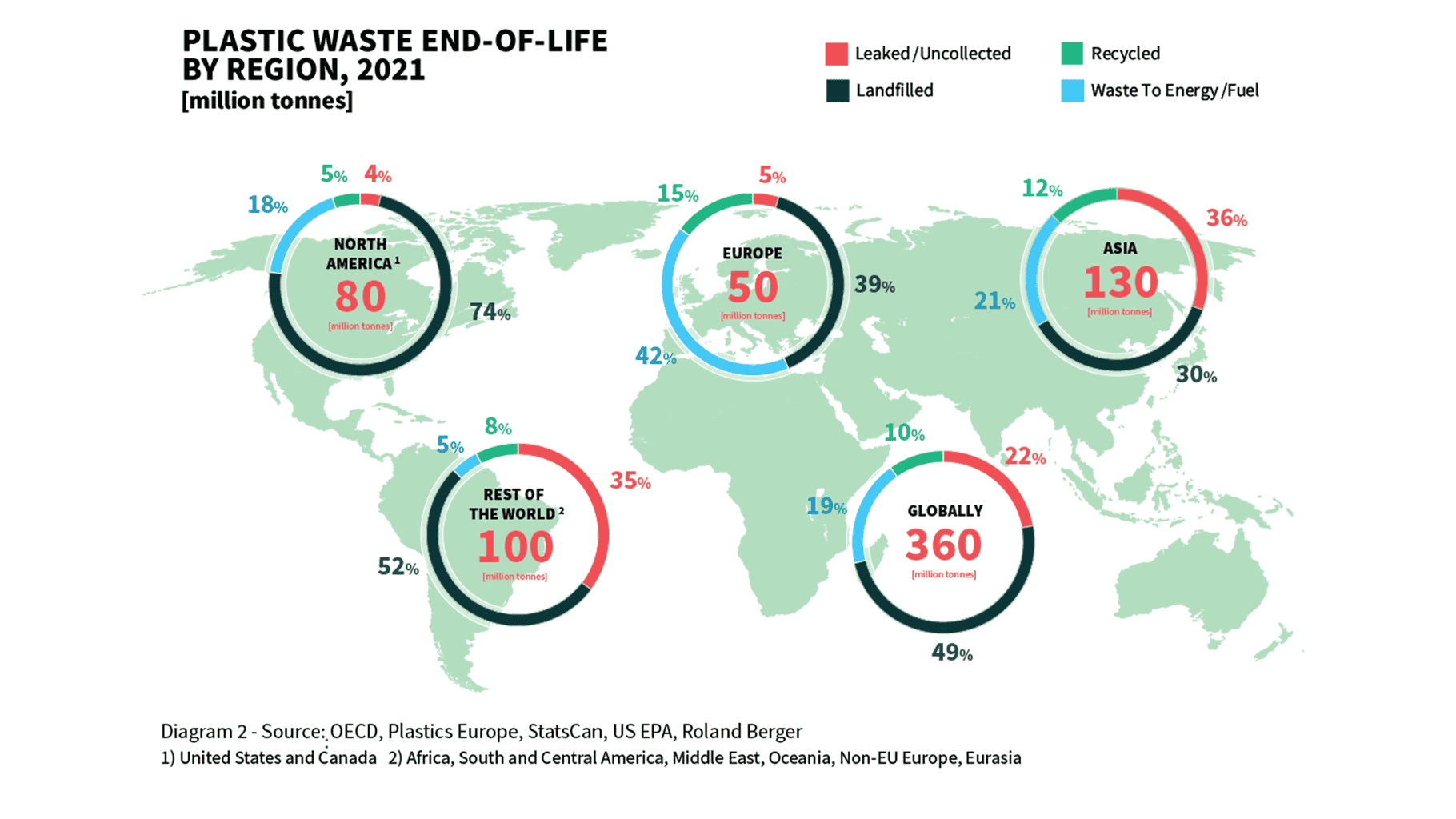Delve into Europe’s successful strategies for reducing CO2 emissions, emphasizing the significance of both renewable energy expansion and energy efficiency. Uncover the integral role of energy efficiency within the EU’s climate targets framework, complementing efforts to increase renewable energy deployment. Discover the multifaceted benefits of energy efficiency, from economic savings to job creation and environmental improvement. Gain insights into key measures to enhance energy efficiency, such as building insulation upgrades and the adoption of efficient appliances. Examine the importance of effective planning in maximizing energy savings and advancing Europe’s market transformations. Join us in understanding the necessity of energy modeling tools like REFEREE in guiding policymakers and stakeholders towards informed decision-making for a sustainable energy transition.
The Integral Role of Energy Efficiency in the EU’s Climate Targets
The EU’s quad climate target architecture, which includes emissions reductions, renewable energy, and efficiency goals, is built on energy efficiency. This architecture supports and makes one another possible.
Efficiency in this interaction makes it easier for renewables to play a part in achieving decarbonization.
Additionally, in the face of energy insecurity, energy efficiency provides a distinct way to reduce reliance on energy imports. Although increasing the use of renewable energy is essential in the long run, deployment takes time. Efficiency is required in the short term to reduce reliance on fossil fuels from the gasoline states.
For administrations, industries, and households, using less energy to get the same results has several monetary advantages. Additionally, energy efficiency raises asset value, creates jobs, lowers energy poverty, and enhances air quality.
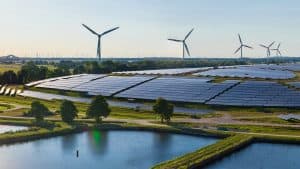
The various steps taken to lessen useless consumption are included in energy efficiency. This includes enhancing building insulation and utilizing more effective appliances.
It now plays a significant role in Europe’s ongoing market transformations.
In terms of major energy consumption, heat pumps that use renewable energy are five to seven times more effective than gas and hydrogen boilers. Compared to combustion vehicles, electric cars are 60 to 70 % more effective.
Given the considerable energy losses from the combustion of fossil fuels, electrifying our economy with latest technology can result in savings.
Challenges and Opportunities in the EU’s Directive Implementation
Improved energy savings are not already provided, despite the EU Energy Efficiency Directive’s introduction of an efficiency-first principle and mandatory targets.
Exaggerated cure-all technologies divert attention from demand-side actions.
For instance, it has been criticized that the EC’s proposed 2040 climate targets overestimate carbon capture and storage. It has also been questioned how to fund small compact reactors.
On the other hand, renewable energy efficiency has been shown to be environmentally friendly. For instance, the savings from Ecodesign and Energy Label have been so important that all significant economies have adopted them.
Empowering Energy Transition: The Role of Energy Modeling Tools in Achieving Climate Goals
A trustworthy decarbonization model called the Paris Agreement Compatible ( PAC ) scenario predicts that the EU will be able to nearly halve its energy demand by 2040 in order to achieve climate neutrality.
The” Fit for 55″ package has encouraged local energy efficiency planning, such as for building renovations and heating transitions. Despite this, regional governments and ministries are under pressure to meet efficiency and green targets because they frequently lack the resources to model and plan demand-side measures.
Decision-makers are increasingly relying on energy modeling tools to advance the energy transition.
Users will be able to quantify the socio-economic effects of efficiency policies in a particular region or country with the aid of REFEREE, the most recent free net energy planner in development.
Users will be able to use the tool to calculate how many jobs a Member State could generate by raising the rate of building renovations annually, how energy-saving measures could raise the air quality index, and how people money could be saved by switching to energy efficient common lighting.






